Deaths at Yosemite National Park
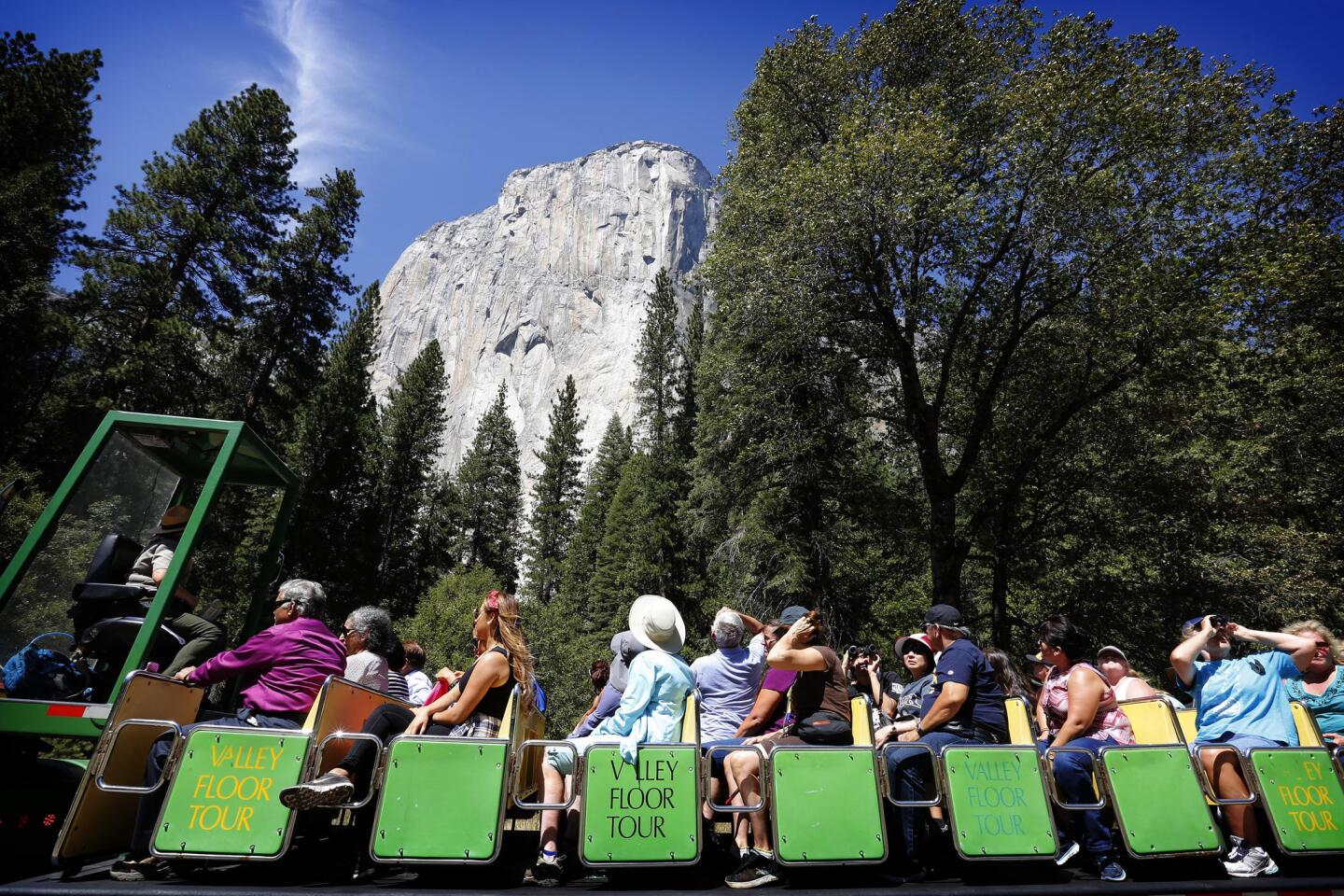
Visitors pass the El Capitan rock formation at Yosemite National Park. Two young campers died Aug. 14 when a tree limb fell on their tent as they slept.
(Barbara Davidson / Los Angeles Times)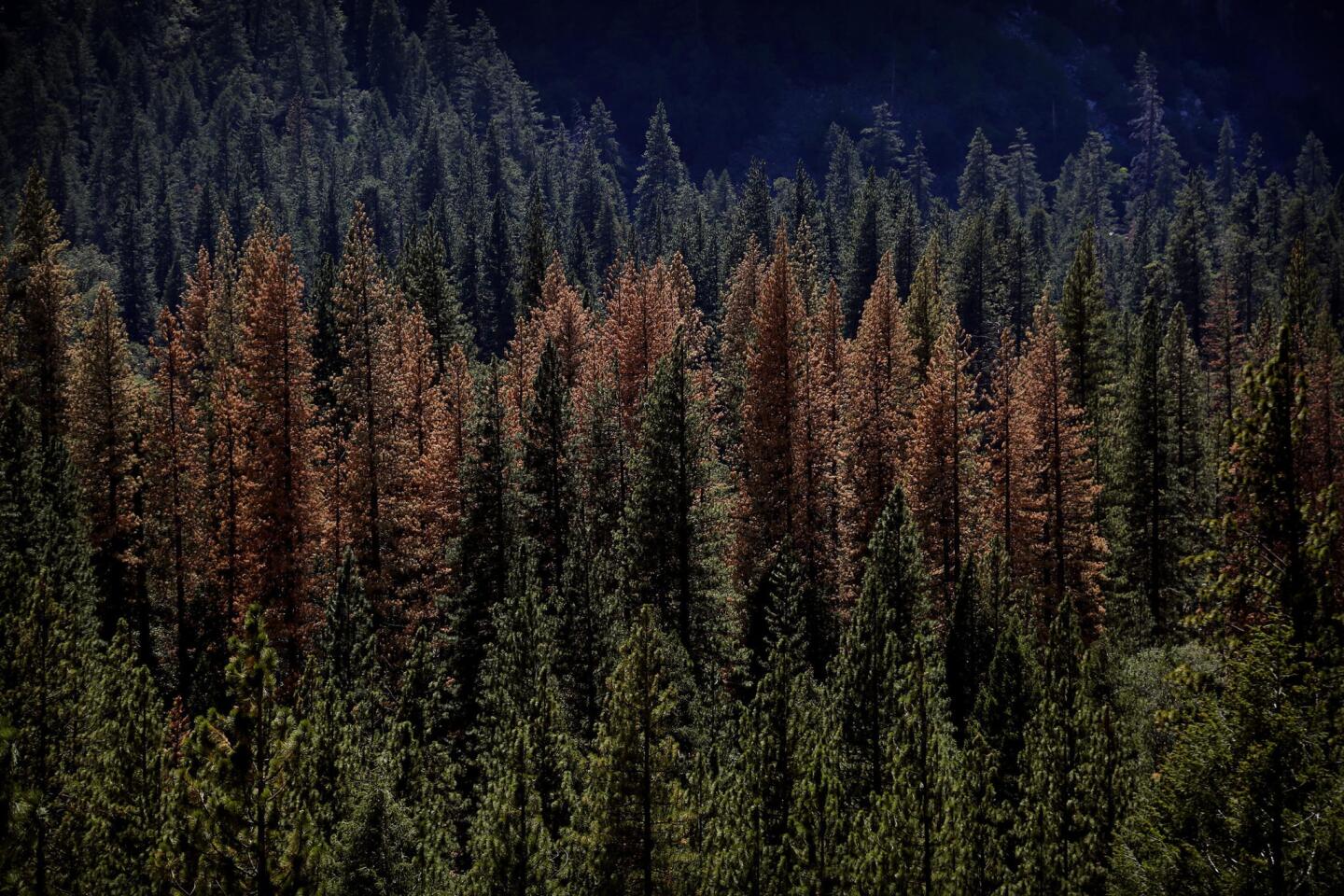
Conifers are among the most hard hit of the 12 million trees that have succumbed to the California drought. The limb that fell Aug. 14 was from a black oak tree.
(Barbara Davidson / Los Angeles Times)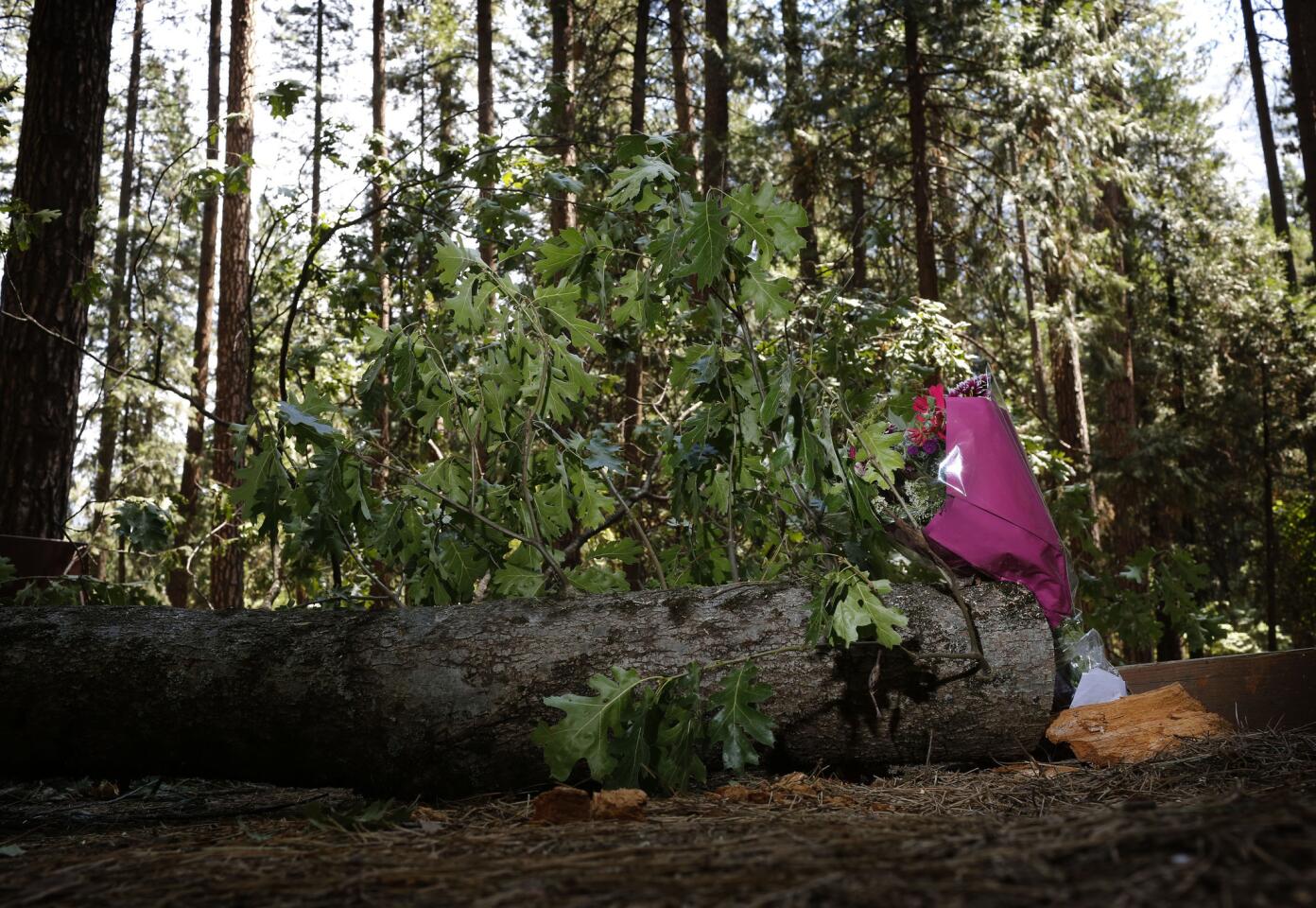
Flowers lie at the site where the two children were killed Aug. 14. Though a tragic accident, fatalities are not uncommon at Yosemite, which sees 12 to 15 deaths a year.
(Barbara Davidson / Los Angeles Times)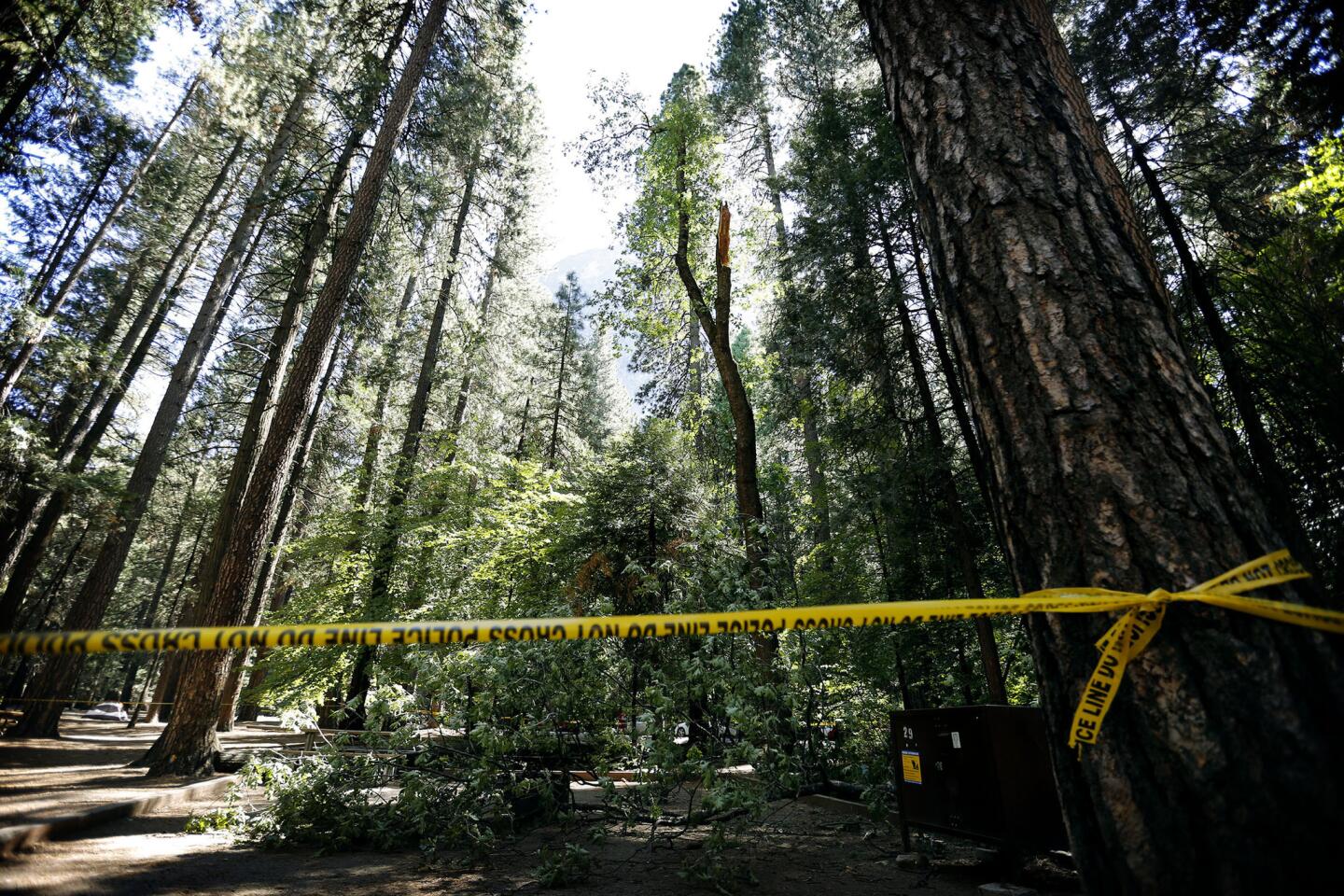
Authorities have yet to say what caused the tree limb to fall Aug. 14. It could have been ravaged by drought or disease, or it could have simply been nature being nature.
(Barbara Davidson / Los Angeles Times)Advertisement
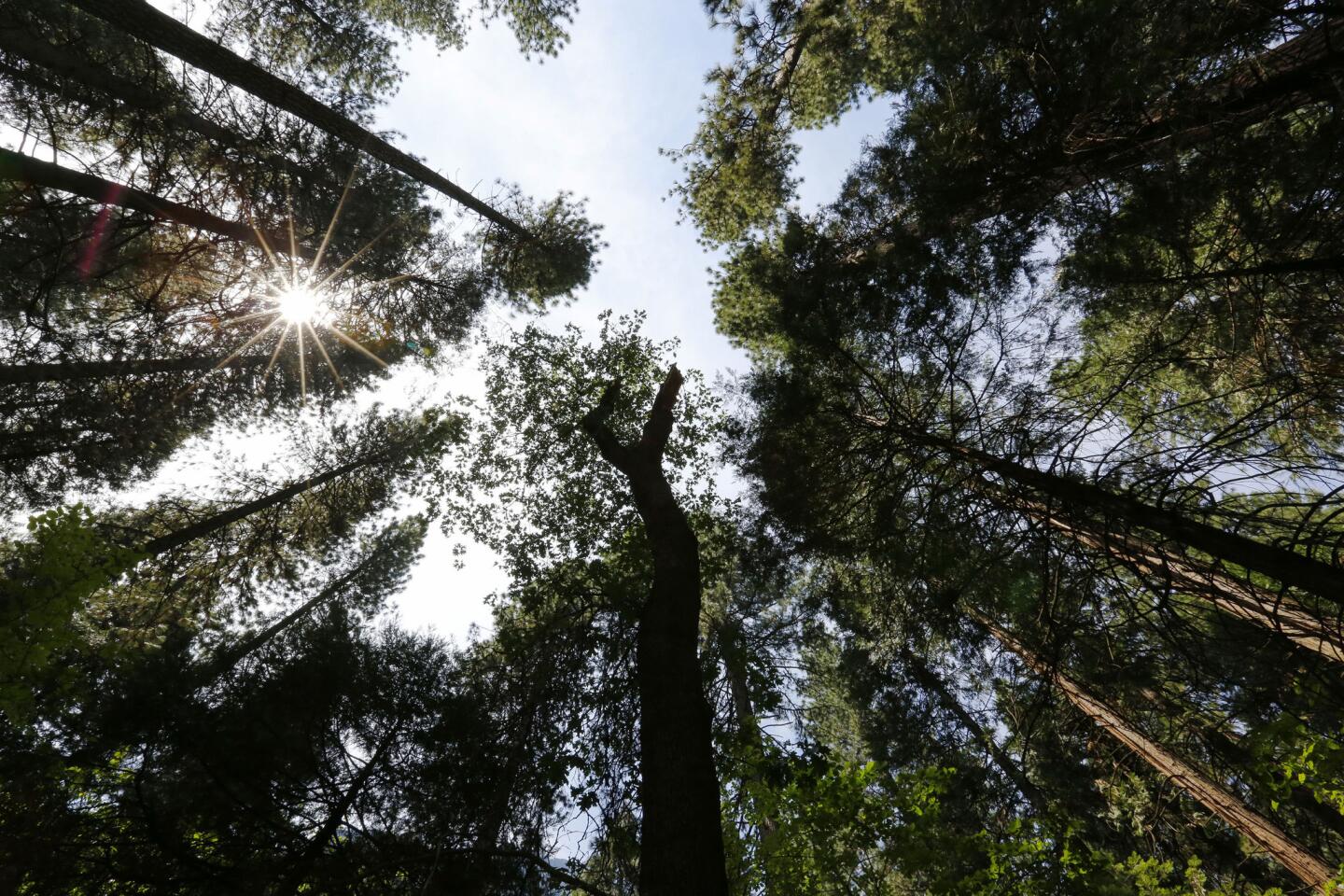
The center tree is the one officials say fell on the tent, killing the two young campers inside. A park spokesman declined Aug. 14 to release the ages or any details about the two, describing them only as under age 18.
(Barbara Davidson / Los Angeles Times)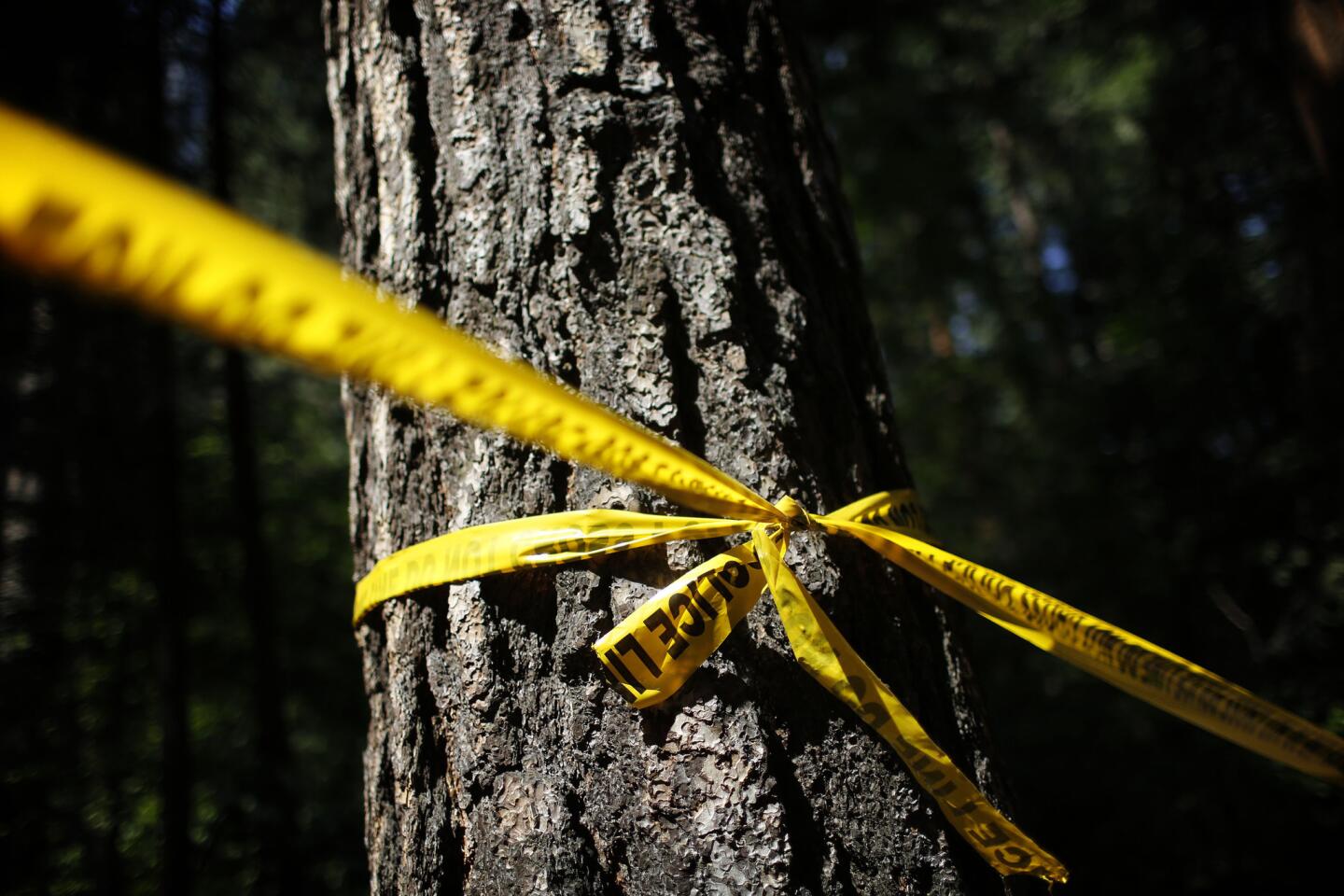
The last time someone at Yosemite National Park had been killed was in 2012. Ryan Hiller, 27, a concession worker, was crushed when a tree limb crashed onto his tent during a windstorm.
(Barbara Davidson / Los Angeles Times)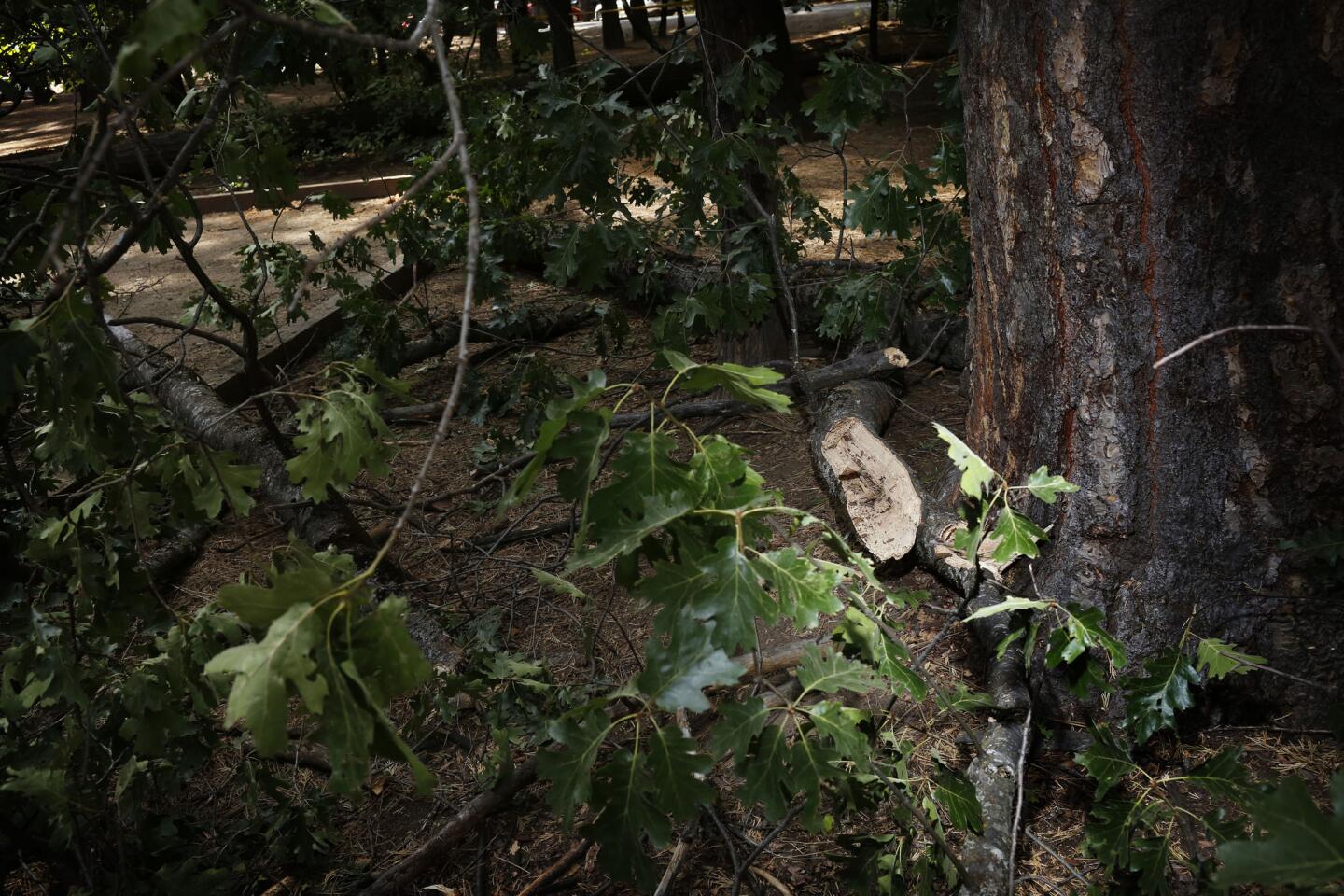
“There’s just no way to protect people from everything that can happen in a park, any more than you can protect people from everything in the middle of a city,” said Bill Wade, former superintendent of Shenandoah National Park.
(Barbara Davidson / Los Angeles Times)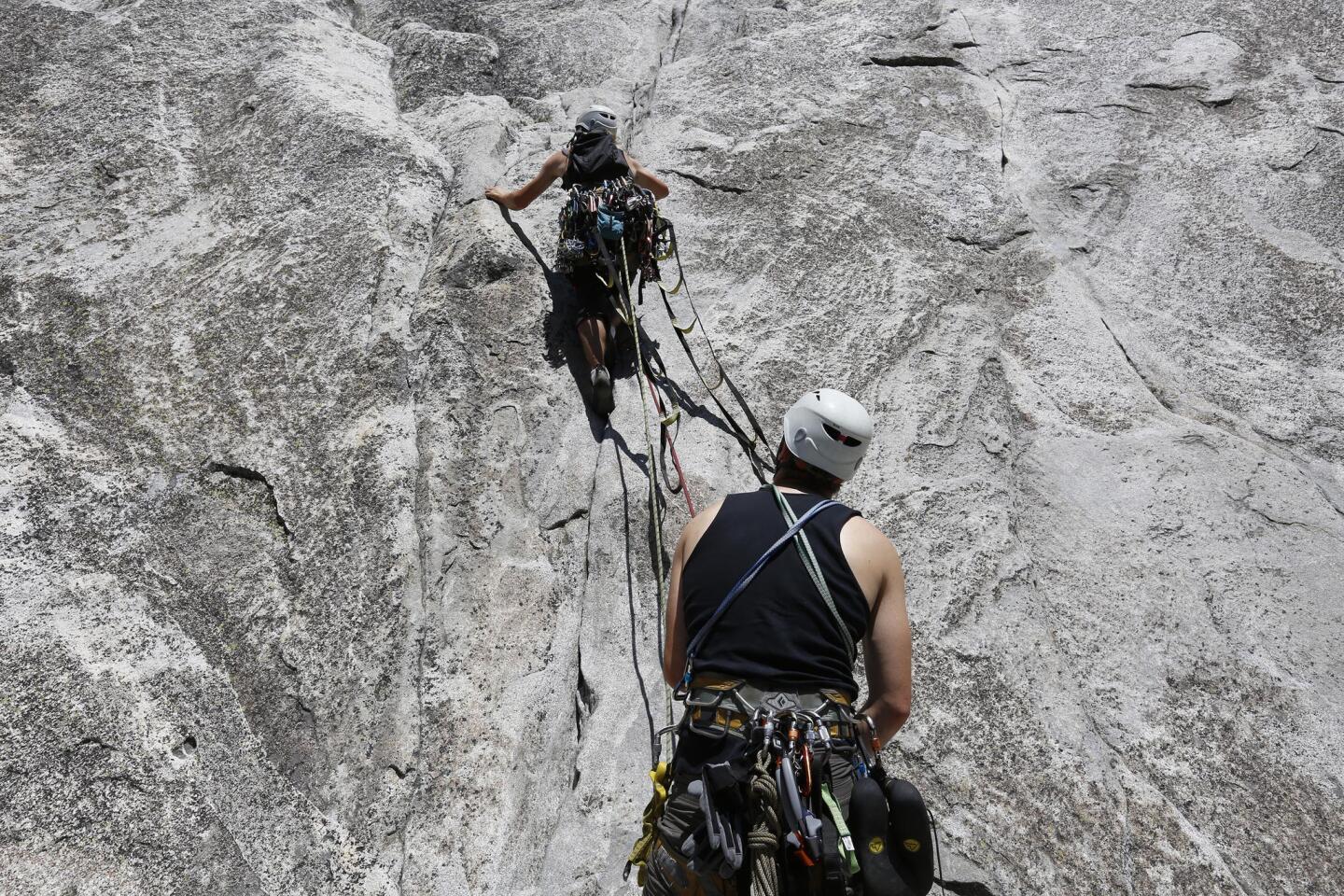
“Yosemite is a natural area and natural things do happen.... It can be dangerous here,” says Lars Hedin, on rock, who was practicing a El Capitan climb with Scott Scharfenberg on Aug. 15
(Barbara Davidson / Los Angeles Times)Advertisement
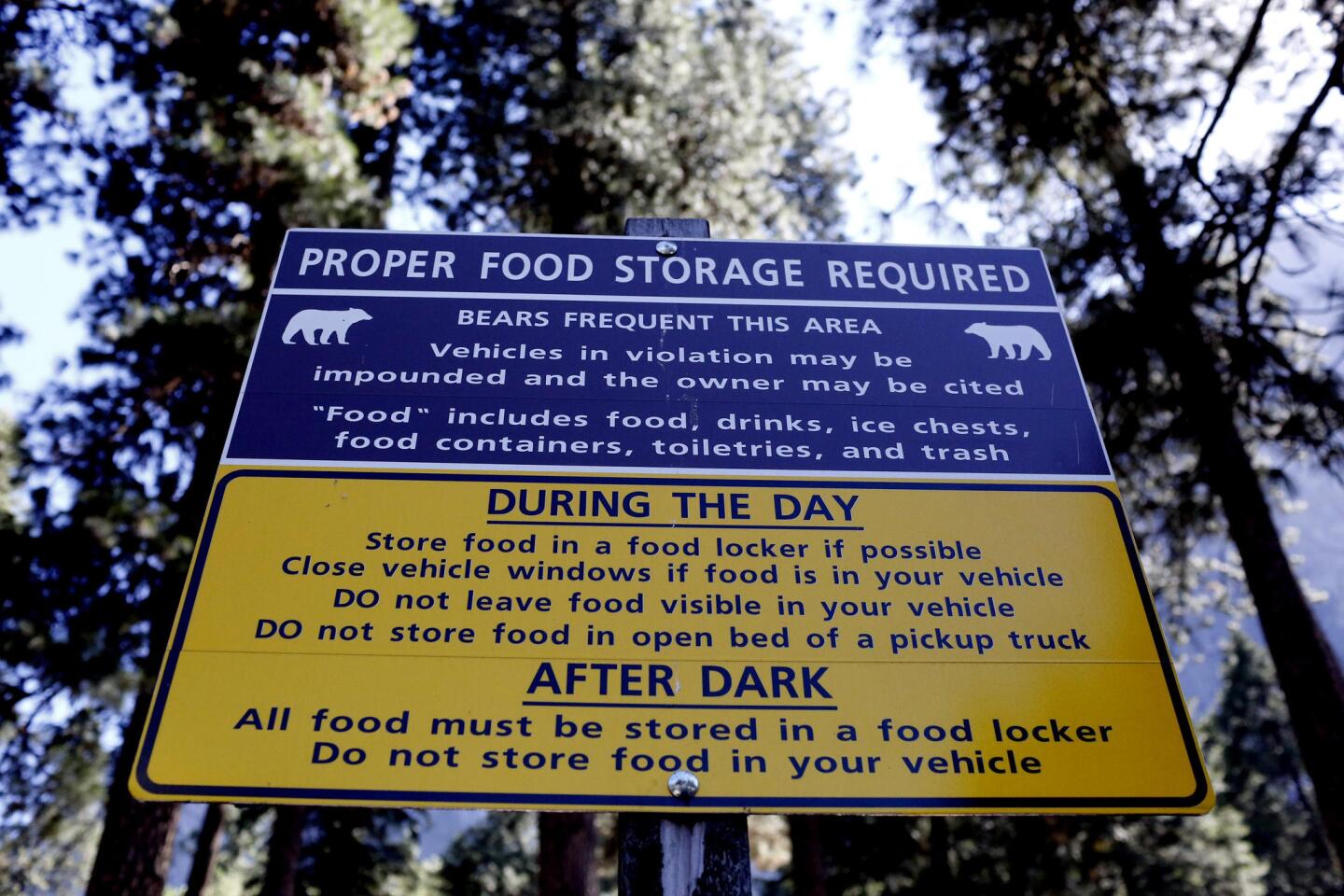
Given the inherent danger in America’s wild places, the park service walks a fine line between warning of potential hazards and scaring visitors away. Signs in Yosemite warn visitors about bears, coyotes and mountain lions.
(Barbara Davidson / Los Angeles Times)


